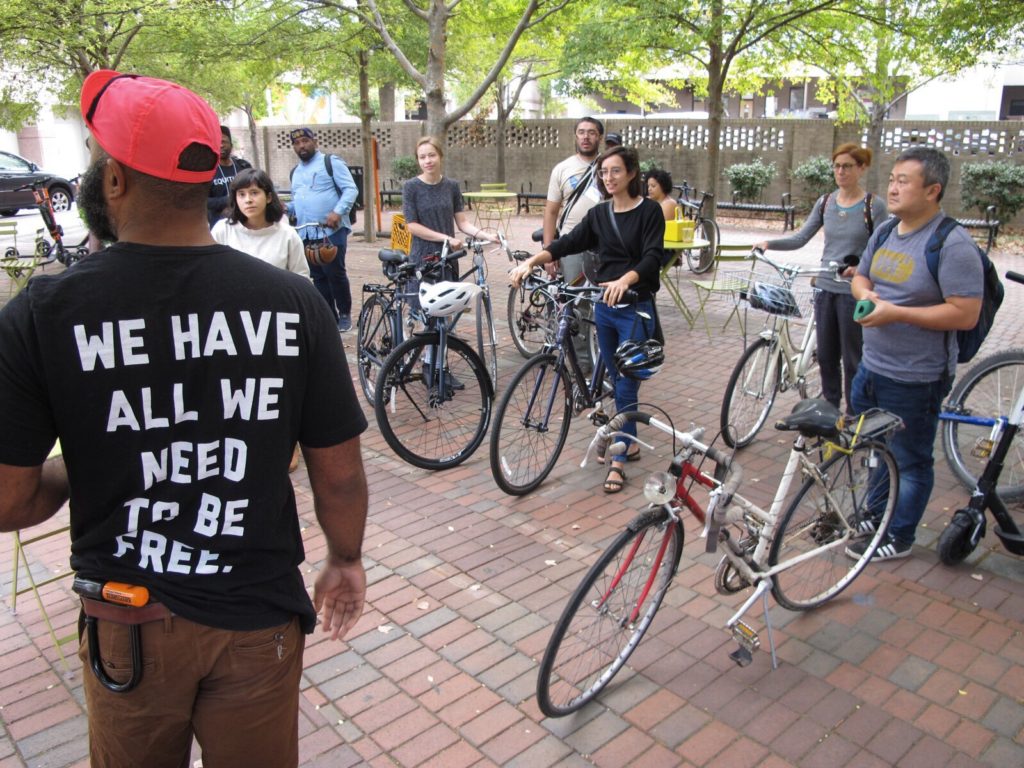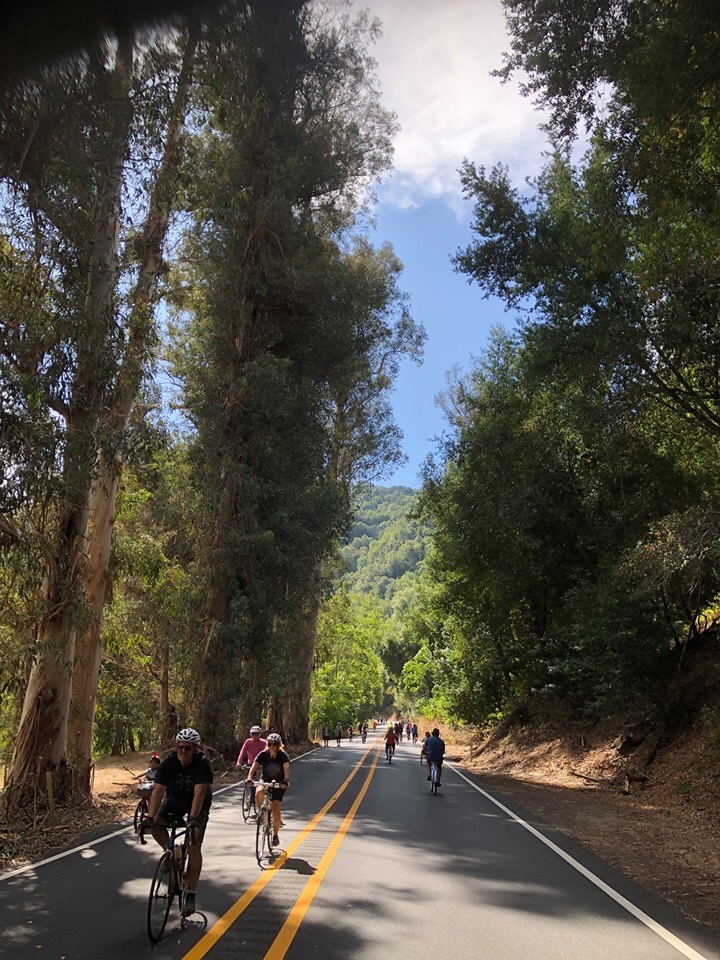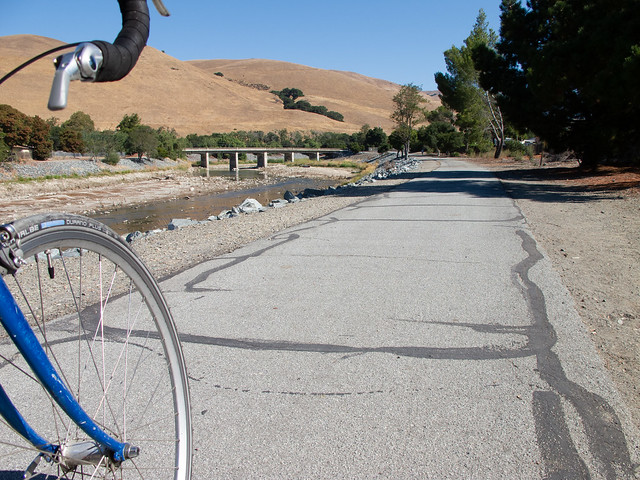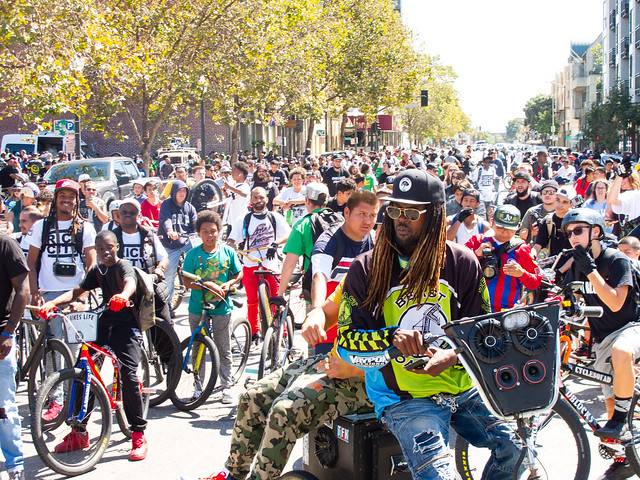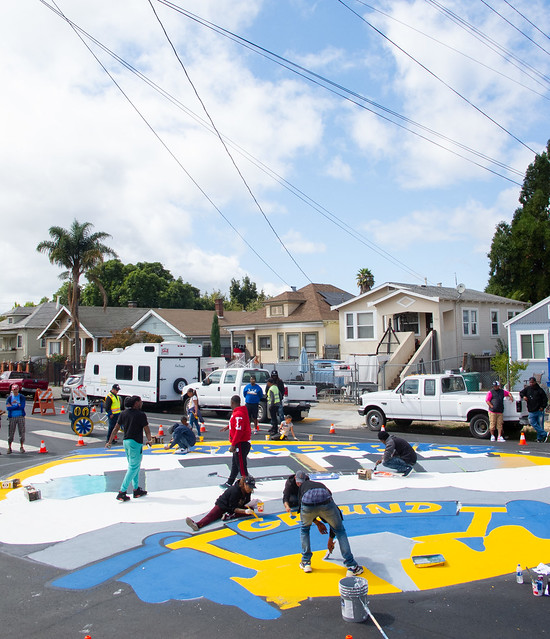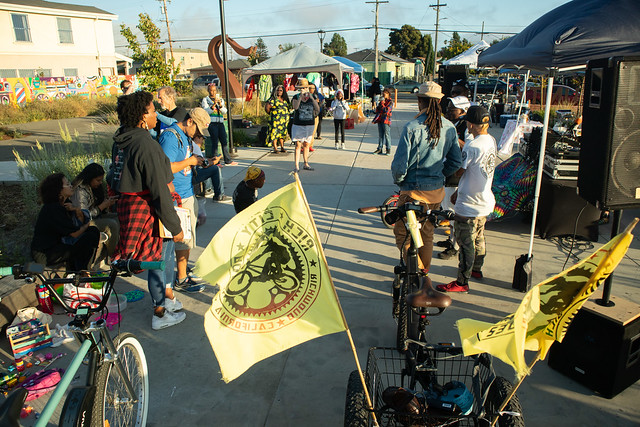My advocacy philosophy has always been to model cycling as an everyday activity which does not require special skills or equipment. Anyone able-bodied can do it. One of my tools is the Bay Area Bike Rides web site, which I created in the early 1990s when cycling in the Bay Area was predominantly a recreational activity. Now, thanks to a connection with Mariana Parreiras (station access manager for BART, and Oakland BPAC commissioner), I’m going to be contributing articles to the BARTable web site on BART-accessible bike rides and events. The first one just went up, highlighting this coming Sunday’s Niles Canyon Stroll and Roll (September 22).

